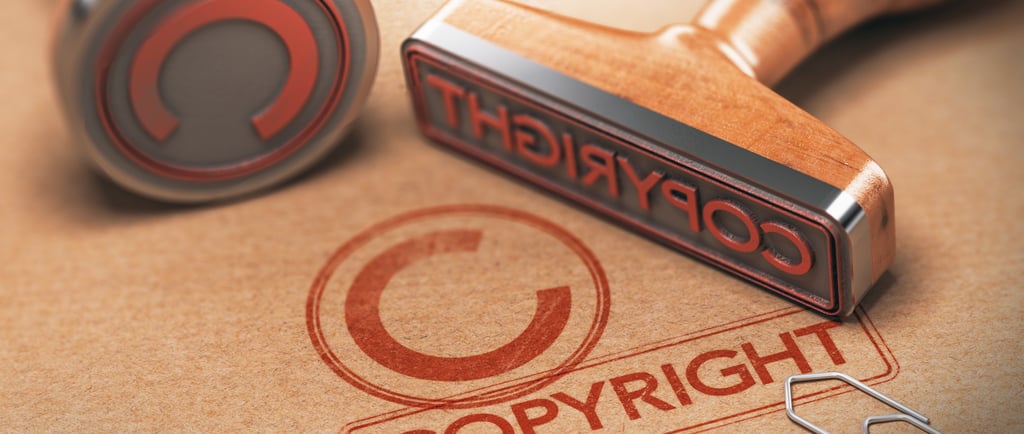Understanding Print Rights: What They Mean and Why They Matter
Learn the difference between print rights and copyright in photography. Know what rights you have and how to enjoy your photos legally and confidently.
Staff Writer
9/6/20253 min read


When you hire a professional photographer, you are investing not just in their time behind the camera but also in their creative vision, editing expertise, and ability to capture meaningful moments. However, one area that often causes confusion is the concept of print rights—what they are, how they differ from copyright, and why understanding them is important for clients.
What Are Print Rights?
Print rights give you the legal permission to make physical copies of the images taken by your photographer. This usually applies to personal use, meaning you can create prints for your home, share them with family, design albums, or even make gifts. For example, if you’ve had a family portrait session, print rights allow you to order canvases or framed images without needing to go through your photographer each time.
The Difference Between Print Rights and Copyright
A common misconception is that print rights and copyright are the same. In reality, they are very different.
Copyright: By default, the photographer owns the copyright. This means they retain full ownership of the images and control over how they are used, reproduced, or distributed.
Print Rights: This is a limited permission given to you as the client. It allows you to make personal copies but does not transfer ownership of the images.
Think of it like renting versus owning. With print rights, you can enjoy and share the photos, but the photographer still legally owns the original creative work.
Why Print Rights Are Important
Print rights benefit both the client and the photographer. Clients enjoy the flexibility of ordering prints when and where they choose, often at labs or online print shops. At the same time, photographers can protect the integrity of their work, ensuring it isn’t misused commercially or altered in ways that could misrepresent their style.
Having this clear distinction also avoids misunderstandings. For example, you may assume that because you received digital files, you automatically own them. Without print rights, that may not be the case—you might only have permission to view and share them digitally, not to make physical copies.
Personal Use vs. Commercial Use
Another key difference is between personal use and commercial use.
Personal Use: You can print images for your walls, create albums, or share prints with loved ones. This is what most portrait or event photography clients receive.
Commercial Use: This applies when images are used to promote a business, product, or service. For instance, if a company wants to use headshots on their website or marketing materials, they must purchase a commercial license, not just print rights.
Understanding this difference ensures that you respect copyright law while also getting the most from your photos.
How to Know What Rights You Have
Before your photo session, check your contract. Professional photographers clearly outline what is included in their packages. Some may include high-resolution digital files with print rights, while others may require you to order prints directly through them. At BGAvila Photography, for example, clients receive digital galleries along with options for prints, while commercial licensing is available for businesses that need marketing use.
If you’re unsure, always ask your photographer to clarify. A professional will be happy to explain what rights are included and help guide you to the best option for your needs.
Why This Matters for Clients
Understanding print rights helps you:
1. Plan Ahead – You’ll know whether you can print on your own or need to order through your photographer.
2. Avoid Surprises – No confusion about usage restrictions or extra costs later on.
3. Protect Your Investment – You’ll be clear on how you can enjoy your photos for years to come.
By knowing what print rights include—and what they don’t—you can make informed decisions and fully appreciate the value of your professional photography experience.
Conclusion
Print rights give you the freedom to enjoy your photos in tangible ways, from framed wall portraits to thoughtful gifts, while ensuring that the photographer’s creative ownership is respected. By understanding the difference between print rights, copyright, and commercial licensing, you can confidently book your photographer knowing exactly what you’re receiving.
